Atlantic White Cedar Wood
- September 8, 2023
- 0 comment
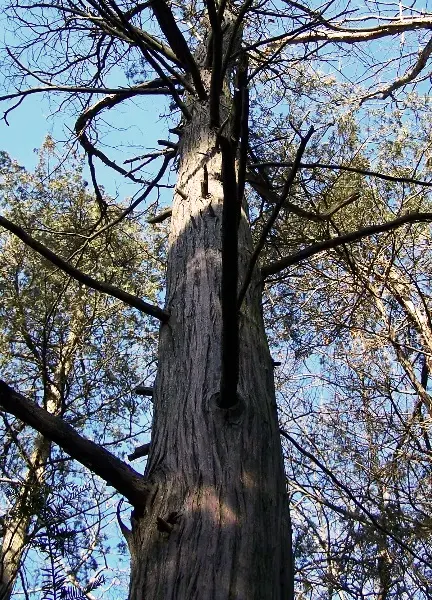
Atlantic White Cedar, scientifically known as Chamaecyparis thyoides, is native to the Atlantic coast of North America. It is characterized by its light, pale color ranging from white to a light tan. Renowned for its durability and resistance to decay, it’s a valued wood for various applications, especially in locations exposed to moisture.
Texture
Atlantic White Cedar boasts a fine, even texture with a generally straight grain. This makes it relatively easy to work with both hand and machine tools.
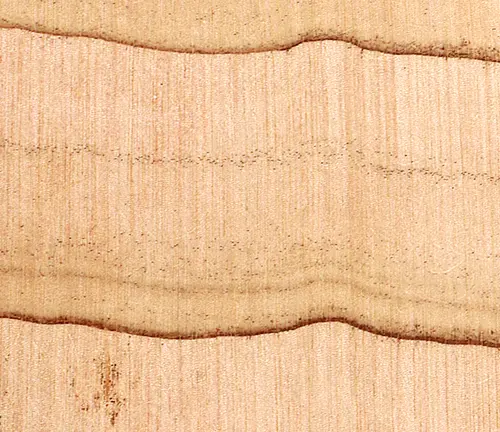
Bark
The bark of the Atlantic White Cedar is thin, and smooth, and tends to be grayish-brown in color. Over time, it can become more fibrous and furrowed.
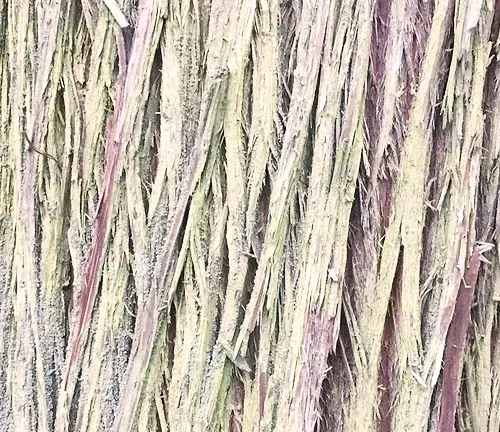
Furniture
Given its aesthetic appeal, Atlantic White Cedar can be utilized in furniture making, particularly for pieces that might be exposed to moisture or require a lightweight material, such as patio or porch furniture.

Weapon
Historically, while not a primary choice for weapons, indigenous peoples might have employed Atlantic White Cedar for certain tools or components, valuing its lightweight properties.
Firewood
Although it can be used for firewood, Atlantic White Cedar is not the optimal choice. It burns relatively quickly and does not provide as much heat as many hardwoods.
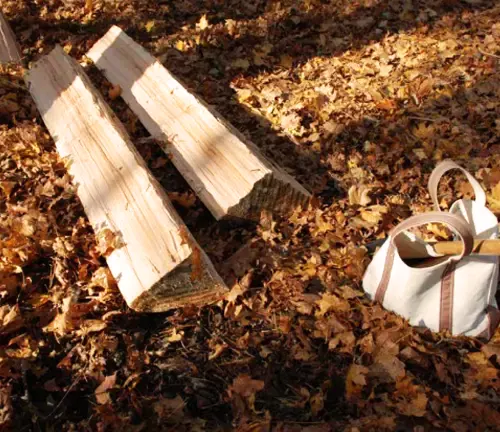
Construction
Its resistance to rot and moisture makes Atlantic White Cedar a favored wood for construction, especially in wet or swampy areas. It’s commonly used in boatbuilding and dock construction.
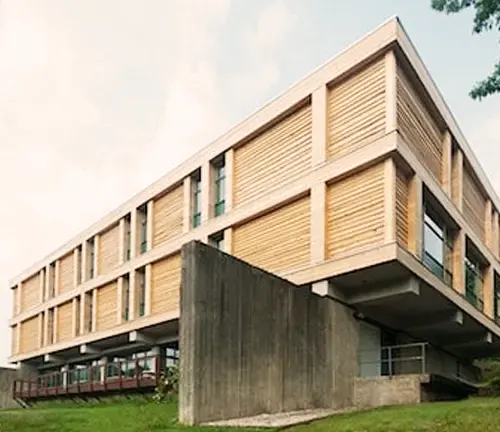
Plywood
While not the most typical choice for plywood, Atlantic White Cedar can be utilized in this context, especially when moisture resistance is a factor.
Board
Atlantic White Cedar boards are often chosen for siding and paneling, thanks to their durability and decay-resistant qualities.

Railroad Cross Ties
Although Atlantic White Cedar possesses many resistant qualities, it’s not the primary choice for railroad ties. Hardwoods with greater wear resistance are usually preferred.
Pallet
While it’s lightweight can be an advantage, Atlantic White Cedar is not the top choice for pallets. However, in specialty contexts where moisture resistance is paramount, it might be used.
Fencing
Atlantic White Cedar is an excellent choice for fencing materials because of its natural resistance to decay and its lightweight properties.

Wood Decking
Given its resilience to moisture and rot, it’s a viable choice for wood decking, especially in areas prone to humidity and wet conditions.

Live Edge Siding
The natural appeal of Atlantic White Cedar lends itself well to live edge siding, providing structures with a rustic and organic look.
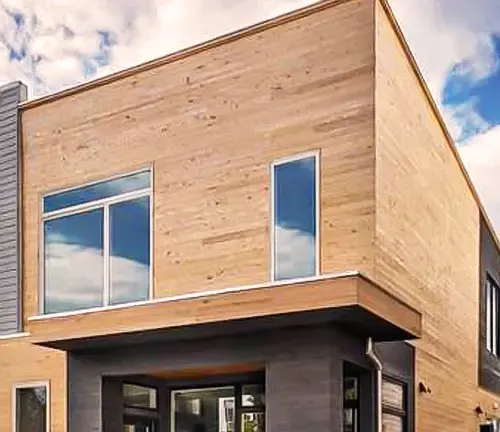
Beams
For beams in outdoor structures like gazebos, pergolas, or certain types of sheds, Atlantic White Cedar can be a preferred choice due to its combination of light weight and durability.

Frequently Asked Questions
- Why is Atlantic White Cedar referred to as a “swamp cedar”?
Atlantic White Cedar primarily grows in freshwater wetlands and swamps, which is why it’s often referred to as “swamp cedar”. Its ability to thrive in these conditions contributes to its resistance to moisture. - Is Atlantic White Cedar the same as Eastern or Western White Cedar?
No, they are different species. While they share some properties, like decay resistance, Atlantic White Cedar (Chamaecyparis thyoides) is distinct from Eastern White Cedar (Thuja occidentalis) and Western Red Cedar (Thuja plicata). - What gives Atlantic White Cedar its rot-resistant properties?
The wood contains natural oils and chemicals that make it inherently resistant to decay and insect damage, especially in moist environments. - Why is Atlantic White Cedar prized in boatbuilding?
Its resistance to water, lightweight nature, and durability make it an excellent choice for boat construction. It’s less prone to warping and maintains integrity when exposed to constant moisture. - How does Atlantic White Cedar impact the environment?
Atlantic White Cedar forests are valuable ecosystems, providing habitat for various species and playing a role in water purification in wetland areas. These forests help in maintaining water table levels and offer protection against flooding. - How does Atlantic White Cedar fare in terms of sustainability?
While it’s a valuable timber resource, overharvesting in the past led to a decline in native stands. Today, sustainable management practices aim to restore and conserve Atlantic White Cedar forests. - How does the weight of Atlantic White Cedar compare to other woods?
It’s a lightweight wood, making it easier to work with and ideal for applications where heavier woods might be less practical, like in boatbuilding or certain types of construction. - Can Atlantic White Cedar be used for indoor applications?
Absolutely! While it’s known for outdoor uses due to its resistance to decay, it’s also used for indoor paneling, moldings, and certain furniture pieces, adding a touch of natural beauty to interiors. - Is Atlantic White Cedar wood easy to paint or stain?
Yes, it holds paint and stain well, allowing homeowners or builders to customize its appearance while retaining its natural protective properties. - Are there any unique historical or cultural uses of Atlantic White Cedar?
Indigenous peoples of the Atlantic coastal regions used Atlantic White Cedar for various purposes, including crafting canoes, tools, and dwelling structures. Its abundance and unique properties made it a valuable resource in traditional cultures.
As we delve into the heart of swamps and freshwater wetlands, Atlantic White Cedar stands as a sentinel, bearing tales of ancient canoes, serene waters, and the dance of ecosystems. This unique wood, with its ability to thrive in places most timbers wouldn’t dare, bridges the gap between the ruggedness of nature and the finesse of craftsmanship. Whether it’s gracing a boat’s hull, protecting a backyard as a fence, or warming a living room as paneling, the Atlantic White Cedar tells a story—a story of resilience, beauty, and harmony. As we bid adieu to this captivating journey through swamps and sawmills, let’s remember: in every grain and groove, the Atlantic White Cedar carries the whispers of the wild, waiting to be heard


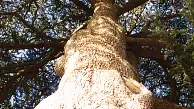

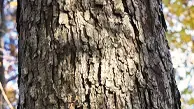
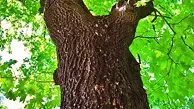
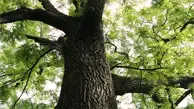
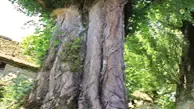

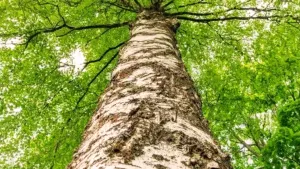

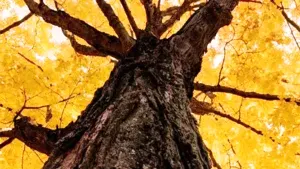


Leave your comment